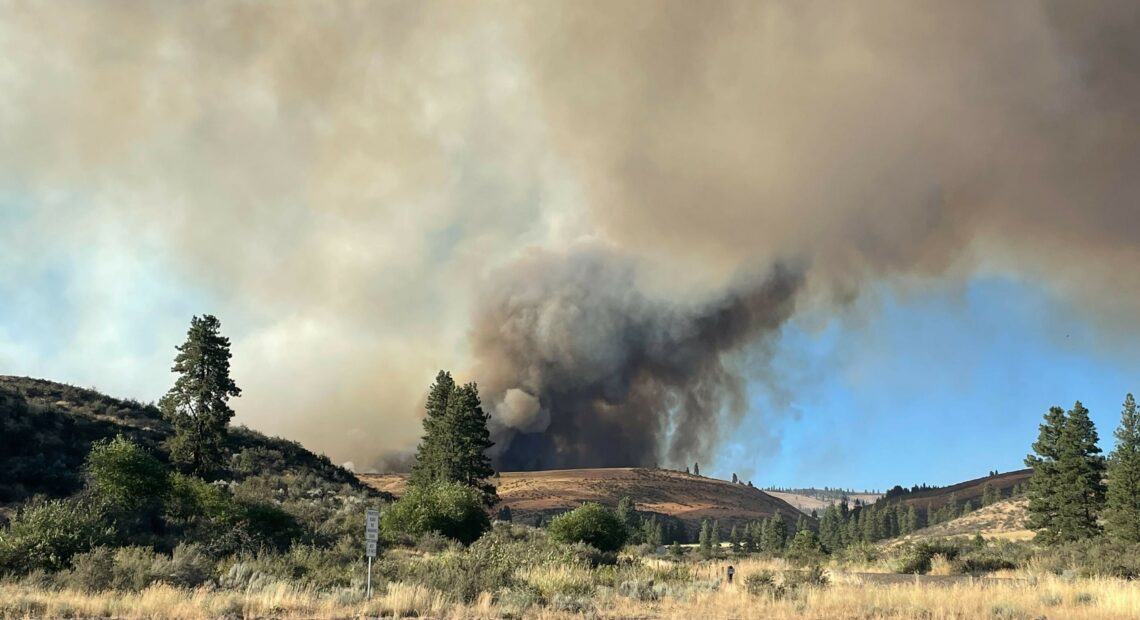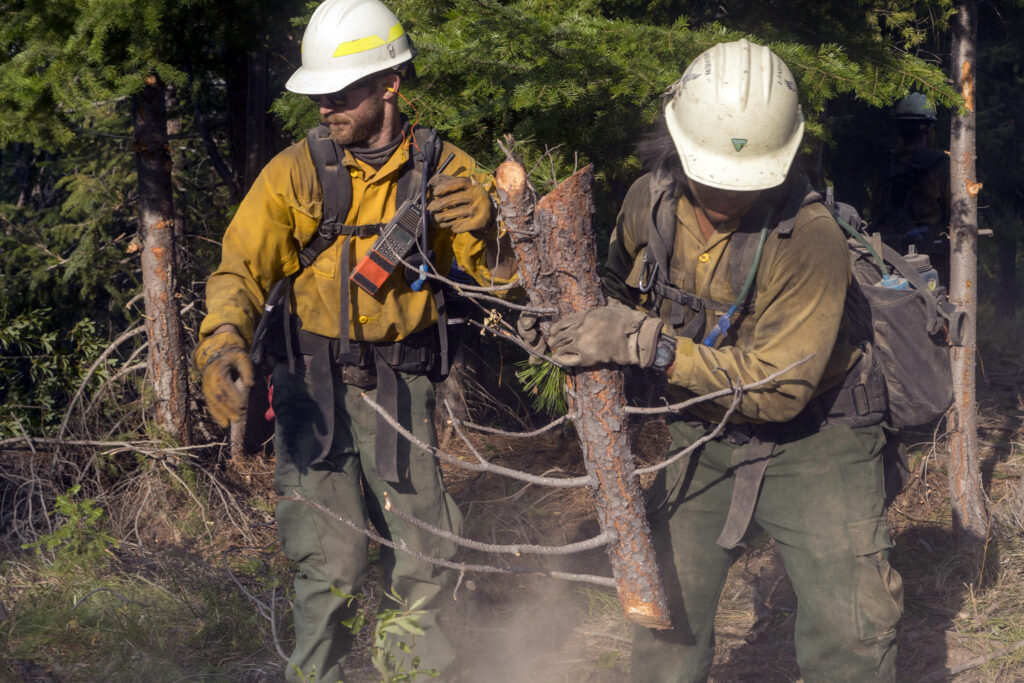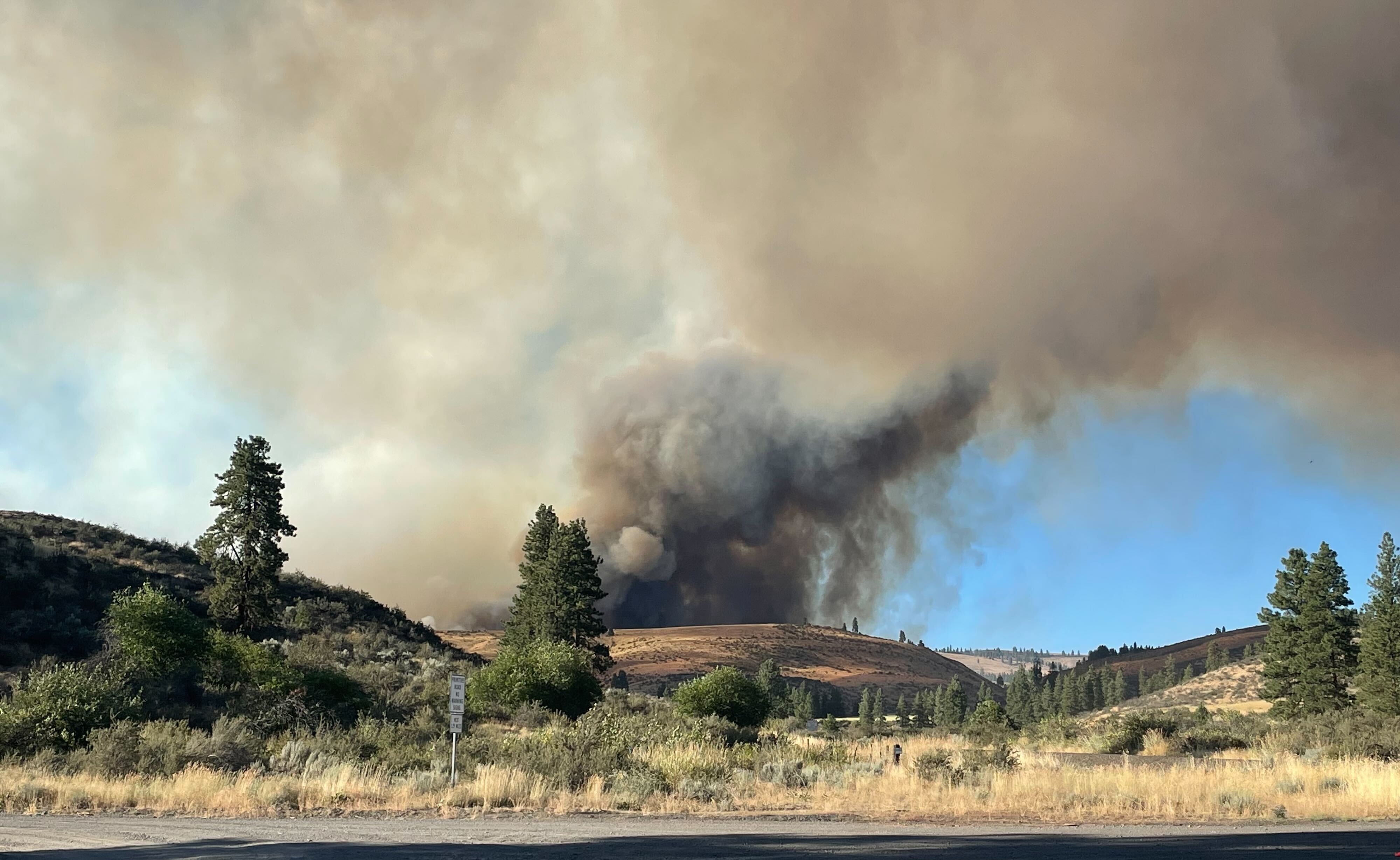
Wildfire Defense Grants to fund 14 programs in Washington
Listen
(Runtime :52)
Read
Twenty-five million dollars in Wildfire Defense Grant funding is coming to Washington state. The money will be distributed to a multitude of local organizations that applied for project funding.
“Eastern Washington we know is at risk; it’s dry. Western Washington. You think of these lush green forests, and they’re still there, but at the end of the summer they get really dry,” said Natalie Johnson, a communications manager with the Washington Department of Natural Resources (WA-DNR). “And depending on where you are in Western Washington, wind events can be a major problem.”
Because of climate change, Johnson said, Western Washington is more at risk to wildfire than it has been in the past.
Federal funds for Washington will be distributed to organizations through the WA-DNR. Fourteen wildfire prevention programs in Washington will be funded throughout the state.
The largest recipient was the Kittitas County Resilient Landscapes project, which received more than $10 million dollars.
“It’s hard for a wildfire to actually burn across a road,” said Rose Beaton, the community resilience coordinator for Kittitas County in Ellensburg. “By clearing out some of the brush that could help embers spread, we’re hoping a road might be a natural barrier to help stop a wildfire.”
Beaton said the project will entail thinning and reducing vegetation along rivers, roads and bridges to make it safer to evacuate in case of a fire. The project will focus on fuel reduction projects on 3400 acres over the next four years, she said.
“You’ll see fuels reduction crews and different types of crews removing vegetation, using chippers, maybe some more prescribed burns at those sites,” said Beaton.

Members of a fire crew out of Lakeview, Ore., work on the Cougar Creek Fire in central Washington state. The three west coast states received the most federal funding for fire prevention. (Kari Greer/BLM/USDA Forest Service via AP)
Beaton said Kittitas County has a geographical landscape similar to that of Paradise, California. The 2018 Camp Fire in Paradise burned more than 153,00 acres, killing 85 people. It was the most destructive fire in California’s history to date.
The three West Coast states received the most federal funding in the nation.
Washington obtained the second most federal funding after California, which received nearly $113 million for 33 projects. Oregon came in third, with $23.5 million dollars.
“This funding is a game-changer for wildfire mitigation and forest restoration for some of our state’s most at-risk communities and landscapes,” said the WA-DNR Commissioner of Public Lands Hilary Franz in a press release.
Launched in 2021, the Wildfire Ready Neighbors program is currently active in six Eastern Washington counties. Johnson said people who sign up get a personalized plan through WA-DNR on how to make their property more resilient to wildfire.
“That can be removing fire prone plants from around your home and replacing them with fire resistant plants. Or making sure to clean out your gutters or making sure to keep flammable brush five feet away from your house,” said Johnson.
Now, the program is expanding to Western Washington. “We’ve launched in Thurston, Pierce, and Mason counties,” she said.
“Even if you’re doing very small-scale projects on your home, that might protect your neighbor’s home too, and the next neighbor down the street,” she said.
Venting attics and crawl spaces can also help keep fire embers at bay, said Beaton. She said embers can travel up to three miles in the right wind conditions.
“It’s a small smolder that can matter the most,” she said.
















